Leica Viva TS16 User manual
Other Leica Measuring Instrument manuals

Leica
Leica GS20 User manual

Leica
Leica 3D Disto User manual

Leica
Leica GLOW800 User manual
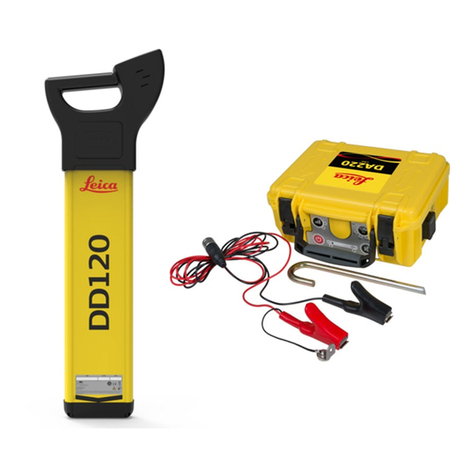
Leica
Leica DD Series User manual

Leica
Leica DS2000 User manual

Leica
Leica Nova MS60 User manual
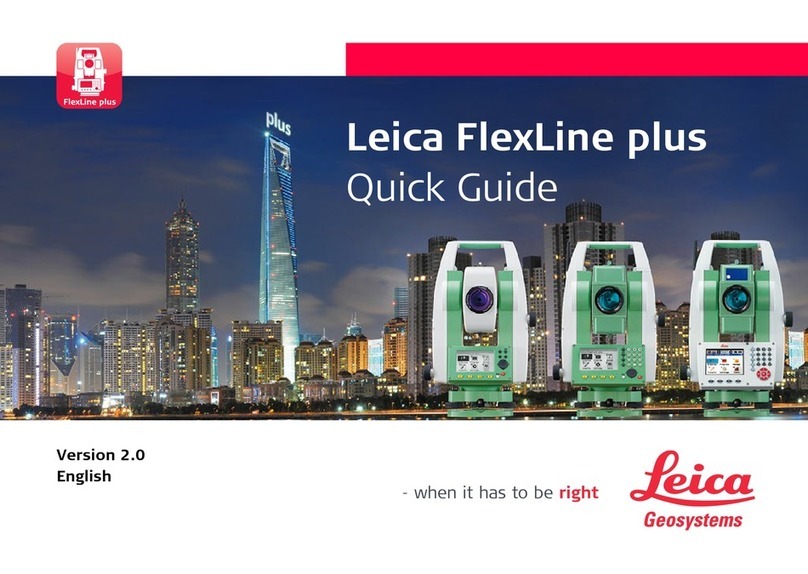
Leica
Leica FlexLine plus User manual

Leica
Leica TS15 Setup guide

Leica
Leica DD Series User manual

Leica
Leica Nova MS60 User manual

Leica
Leica T105 User manual
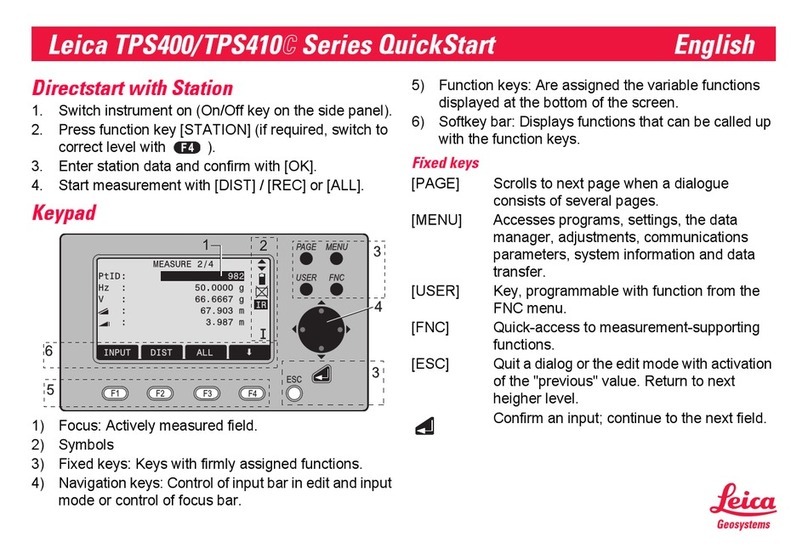
Leica
Leica TPS400 Series User manual

Leica
Leica DISTO A5 User manual

Leica
Leica Disto D510 User manual

Leica
Leica DISTO D2 User manual
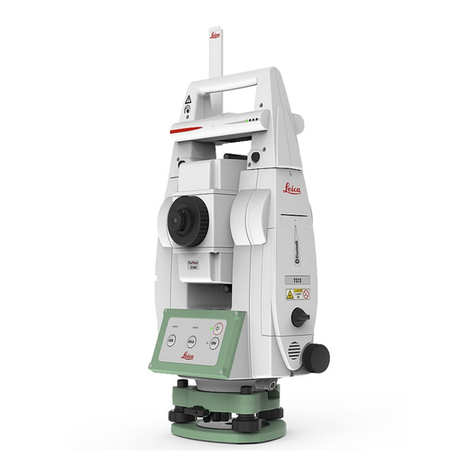
Leica
Leica TS13 User manual

Leica
Leica DISTO classic User manual
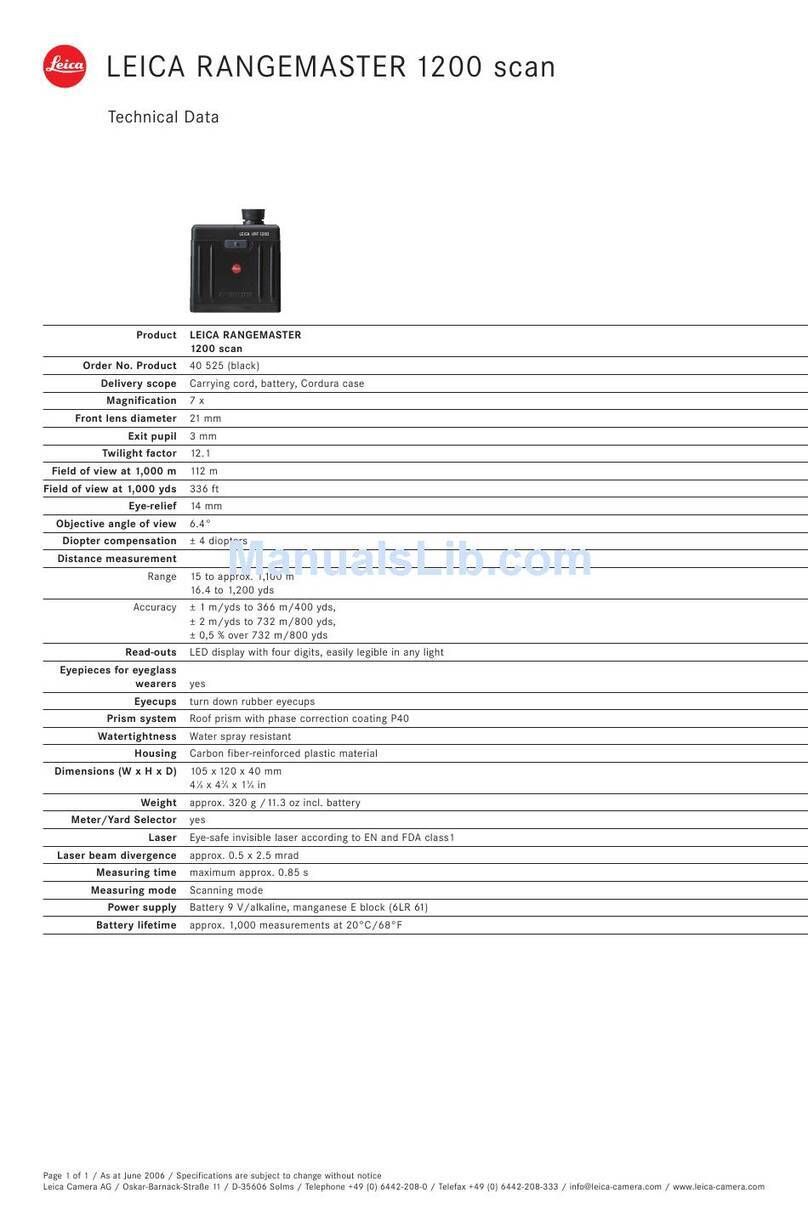
Leica
Leica RANGEMASTER 1200 scan User manual

Leica
Leica TPS1200+ Series User manual

Leica
Leica Lino L2P5 User manual
Popular Measuring Instrument manuals by other brands

Powerfix Profi
Powerfix Profi 278296 Operation and safety notes

Test Equipment Depot
Test Equipment Depot GVT-427B user manual

Fieldpiece
Fieldpiece ACH Operator's manual

FLYSURFER
FLYSURFER VIRON3 user manual

GMW
GMW TG uni 1 operating manual

Downeaster
Downeaster Wind & Weather Medallion Series instruction manual

Hanna Instruments
Hanna Instruments HI96725C instruction manual

Nokeval
Nokeval KMR260 quick guide

HOKUYO AUTOMATIC
HOKUYO AUTOMATIC UBG-05LN instruction manual

Fluke
Fluke 96000 Series Operator's manual

Test Products International
Test Products International SP565 user manual

General Sleep
General Sleep Zmachine Insight+ DT-200 Service manual


















